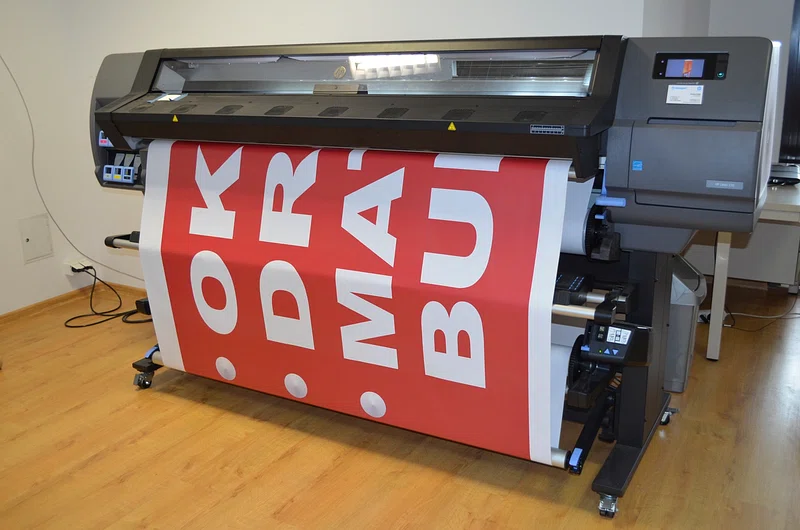Automated earnings streams are more accessible now with print on demand models.
Automated earnings streams are more accessible now with print on demand models.
Blog Article
Understanding How Digital Printing Transforms the Printing Sector
The printing industry, long soaked in typical methods, is going through a radical transformation with the development of electronic printing. This innovative innovation, which avoids the demand for printing plates, enables fast manufacturing and modification, reshaping the landscape of print communication. With its prospective to stimulate involvement through customized web content and to supply sustainable services, it's clear that digital printing is greater than a technological development; it's a pivotal game changer. However exactly how precisely does it change the sector? Allow's discover.
The Advancement of Digital Printing: A Quick Introduction
Considering that its beginning, electronic printing has undergone significant makeovers, consistently reinventing the printing market. Its advancement began with the advancement of xerography in the mid-20th century, a process which prepared for laser printers. With the introduction of the 90s, electronic printing modern technology began to grow, and the sector experienced the introduction of straight imaging presses, which got rid of the need for publishing plates. As the new millennium unravelled, improvements in innovation further stimulated the growth of electronic printing, causing the creation of high-speed inkjet printers. These tools provided premium quality and speed, forever transforming the landscape of the sector. Today, digital printing stands as a testimony to human advancement, continuously developing to meet the ever-changing requirements of the modern globe.

Unloading the Technology Behind Digital Printing
Looking into the intricacies of electronic printing technology, one runs into a rich tapestry of advanced machinery and complex formulas. At the heart of this process lies an electronic picture, which is processed by software application that divides it right into a grid of dots. These dots are after that converted right into a digital code. This code is analyzed by the printer, which uses it to specifically deposit beads of ink onto the substratum. The beads are so little and precise that they produce a photo that is practically indistinguishable from the original. This detailed system, strengthened by innovative software and high-resolution imaging, has actually changed the landscape of the printing market, leading the way for unmatched degrees of information and precision.

The Advantages of Digital Printing for Services
Recognizing the modern technology behind electronic printing gives a clear picture of its precision and detail. Digital printing is environmentally pleasant, making use of less ink and generating much less waste. The full potential of electronic printing is recognized when used for customization and personalization, a subject that will be covered in depth in the following section.
The Role of Digital Printing in Modification and Personalization
While standard printing methods battle with modification and personalization, digital printing excels in these locations. It enables the simple modification of designs, without the demand for costly and time-consuming plate adjustments (print on demand). This allows businesses over here to customize products to specific customers, conference certain needs and improving customer satisfaction
Digital printing additionally enables variable data printing, where components such as text, graphics, and pictures might be changed from one published piece to the next, without decreasing the printing procedure. This is particularly valuable for direct advertising projects, where customized messaging can considerably enhance feedback rates. This way, digital printing not just revolutionizes the printing industry however additionally transforms the method organizations communicate with their customers.
Analysing the Ecological Influence of Digital Printing
Although electronic printing has been lauded for its duty in modification and personalization, it Web Site is important to analyze its ecological influence. Digital printing can be much less inefficient than traditional techniques, since it operates a 'print as needed' article basis, getting rid of the need for large print runs that can lead to surplus and waste. Furthermore, it makes use of fewer chemicals and generates much less volatile natural substances (VOCs) contrasted to counter printing. The power use of digital printers can be high, leading to enhanced carbon impact. Furthermore, making use of non-recyclable printing components and the challenge of e-waste monitoring posture substantial ecological worries. For that reason, while digital printing has many benefits, its ecological impact needs to be conscientiously managed.
Conclusion
In verdict, digital printing has actually transformed the printing sector, supplying fast, affordable, and high-quality solutions. It assists in modification, enhancing client engagement, and utilizes a lasting print-on-demand design. As this modern technology continues to advance, its influence on company interaction, customer contentment, and environmental sustainability ends up being significantly profound. Comprehending these adjustments is critical for organizations to utilize the advantages of digital printing successfully.
Report this page